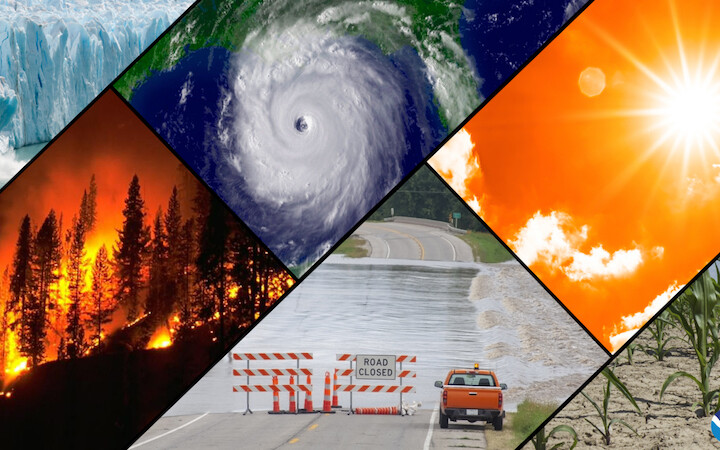This week, the U.S. Global Change Research Program (USGCRP) released the Fifth National Climate Assessment (NCA5). Led by USGCRP and its 14 member agencies, NCA5 draws on the expertise of nearly 500 authors and 250 contributors from every state, as well as Guam, Puerto Rico, and the U.S. Virgin Islands.
“Transportation generates more carbon emissions than any other sector, which means that transportation should be the biggest part of the solution to the climate crisis,” U.S. Transportation Secretary Pete Buttigieg said in a statement. “Thanks to President Biden, we are making the largest investment in U.S. history to combat climate change, including making our transportation systems cleaner and more resilient.”
To date, the Bipartisan Infrastructure Law has provided more than $9 billion in funding for climate resilience projects to protect infrastructure from extreme weather and pursue the DOT’s goal of net-zero carbon emissions by 2050.
NCA5 is the most comprehensive analysis of the state of climate change in the U.S., providing authoritative, decision-relevant information on how people across the country are experiencing climate change, current and future risks, and actions underway to reduce greenhouse gas emissions and build resilience.
The NCA5 evaluates climate impacts across 10 U.S. regions and a wide range of interests, including water, forests and ecosystems, coasts and oceans, agriculture and rural communities, the built environment, energy and transportation, health and air quality, and economic and social systems. The NCA5 includes input from public comment and engagement, and an external peer review conducted by the National Academies of Sciences, Engineering, and Medicine.
“The need for climate mitigation and adaptation has created an opportunity to rethink transportation systems at all levels,” said Deputy Assistant Secretary for Research and Technology and Chief Scientist Dr. Robert C. Hampshire. “Making transportation investments that are sustainable, climate-resilient, evidence-based, and equitable involves risk assessment and detailed dynamic analysis of long-term costs and impacts,” Hampshire added.
The transportation sector is experiencing rapid changes involving technologies, behaviors, workforce, supply chains, and logistics, all of which face increasing risks posed by climate hazards. Transportation system decisions made today have long-term implications for greenhouse gas emissions and climate adaptation. New investments, tools, and training have the potential to help the nation navigate climate adaptation, avoid disruption, and decarbonize the transportation sector.
The DOT oversees more than 4.2 million miles of public roads, 617,000 bridges, 136,851 railroad route miles, 2.8 million miles of pipelines, 25,000 miles of commercially navigable waterways, 3,321 public-use airports, 950 urban transit agencies, and more than 300 coastal, Great Lakes, and inland waterways ports.




